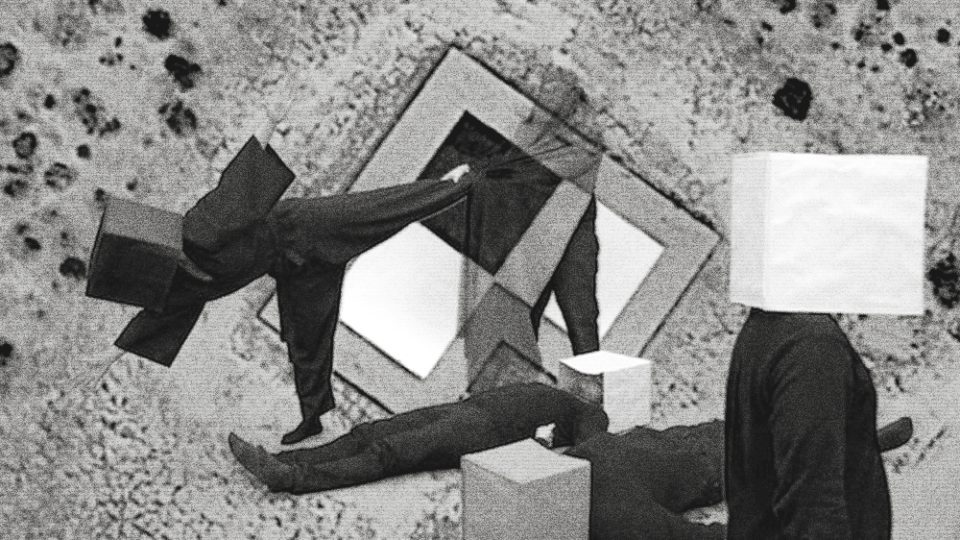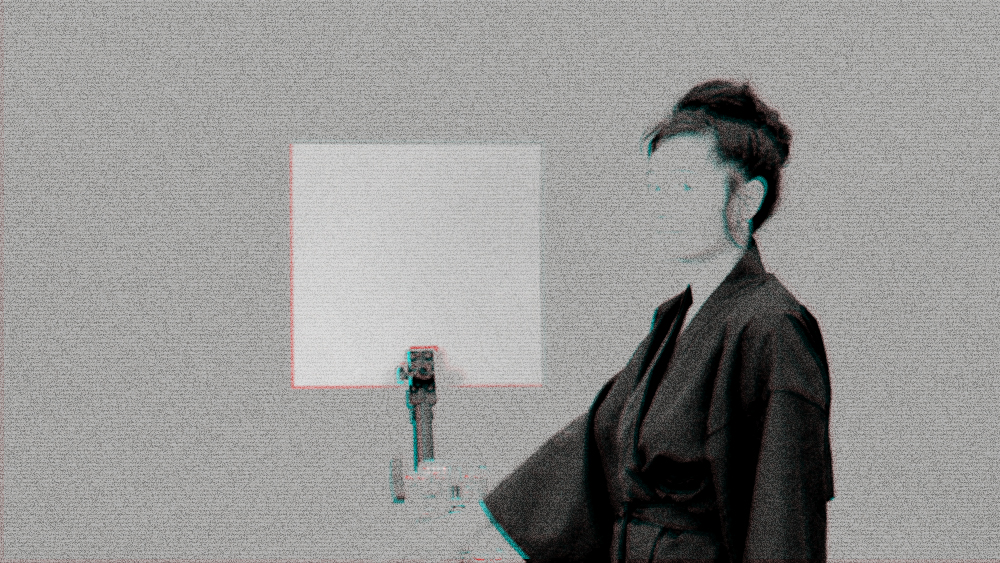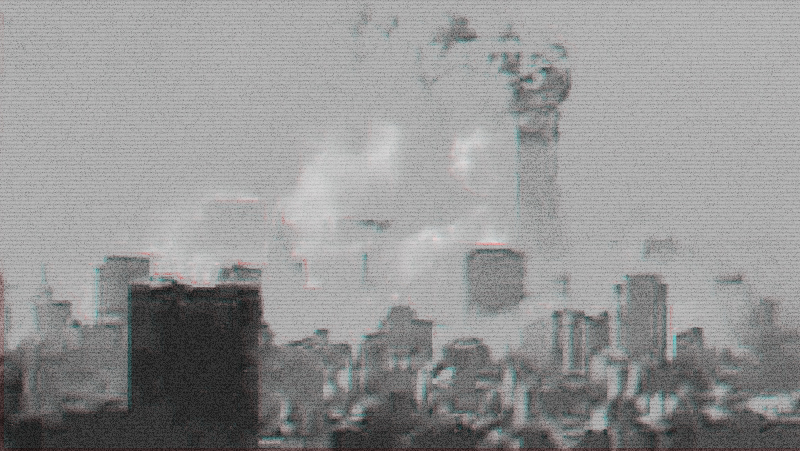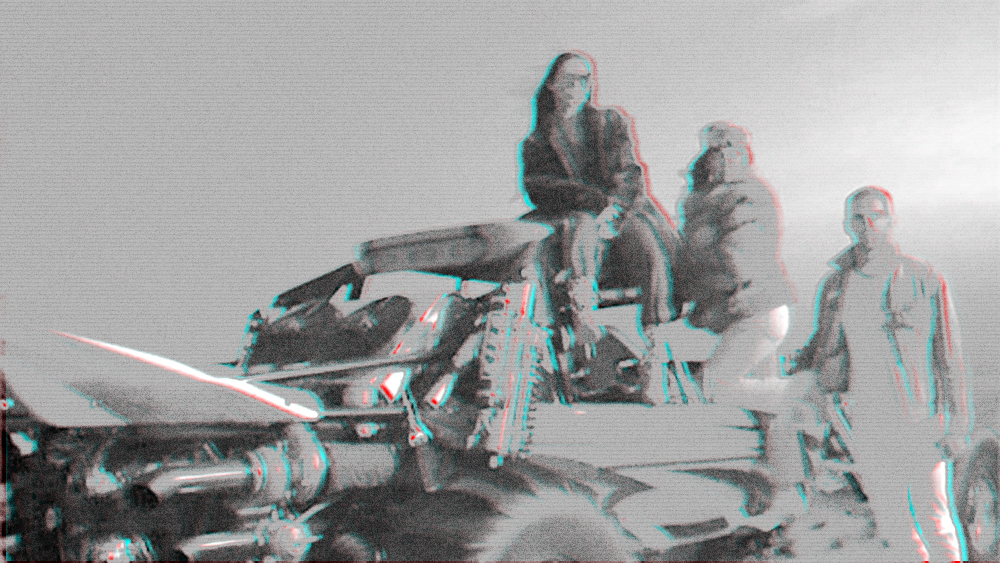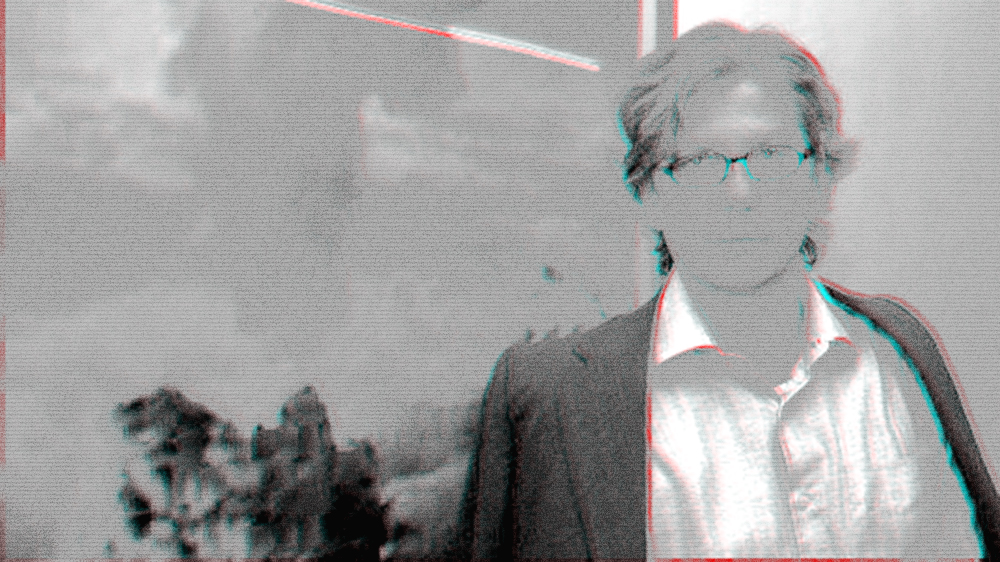Through her writing practice, films, and performative lectures, German artist Hito Steyerl considers the status of the image in an increasingly global and technological world. One of her latest works, included in the 56th Venice Biennale exhbition, is How Not to be Seen: A Fucking Didactic Educational .MOV File. The video is partly inspired by the photo calibration targets in the California desert, which look like giant pixels in the ground. As described by the Center for Land Use Interpretation, these targets were used in the age of analog aerial photography to test the resolution of airborne cameras; like a kind of optometrist’s chart for the ancestors of drones.
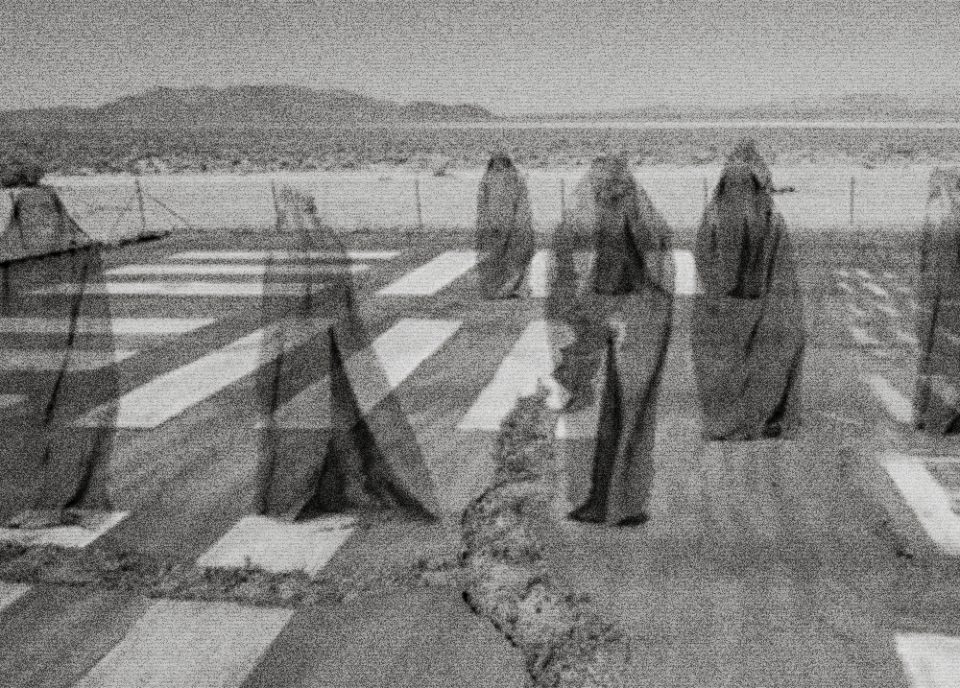
The artist video picks up certain threads from her well-known text In Defense of the Poor Image. That text celebrates low-resolution images for being widely used, socially useful and non-authoritative. Her new work outlines reasons that have more to do with the way in which they allow their subjects to remain less visible, or more ambiguously figured. The film instructs viewers that there are four ways to avoid detection: hiding in plain sight; shrinking to a size smaller than a pixel; living in a gated community; being a female and older than fifty. So, one possible response to a world in which images of ourselves proliferate is to occupy the low-resolution spaces.
But where does this desire to disappear come from? Steyerl pointed out that it is a highly ambivalent concept: it is something to be desired, that gives relief from the constant imaging that we are all subject to. But it is also something to be feared, evoking the spectre of mass political abduction. In fact, the artist’s video makes explicit reference to this dark side of disappearance; suggesting that those who are disappeared in the digital age end up as 3D ghosts in the background of architectural renderings. Such renderings are often generated by those who wield political power; it seems apt that they would be haunted by such ghosts.
“It’s just a given fact, that our system of visuality rests in the digital base. Mainly and almost predominantly. But of course it is a very recent development. This development was momentous. It happened so quickly. Just imagine that fifteen years ago very few people used the internet. In my works, I try to describe these changes, and I’m convinced that the result of these changes must also be the change of the description of the relationship between power and visuality” Steyerl states. In this perspective, How Not To Be Seen becomes less satire and more a frightening, powerful revelation on the new normal of the human condition; where our presence in the world is substantiated less in our physicality appearance and far more in our digital identity.
